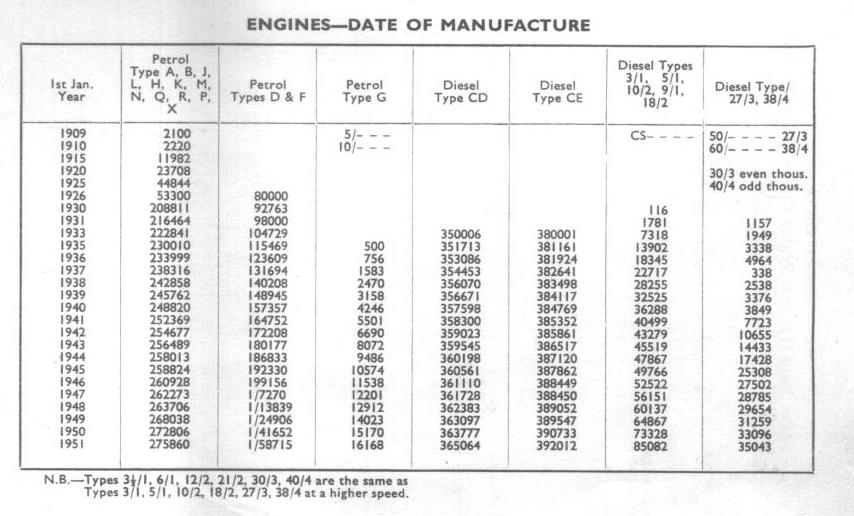
Lister Engine Serial Numbers
Identifying Lister Diesels An article from the Stationary Engine Newsgroup July 1998 This one is for Dene Oehme in Australia, who asked if I could put together a bit on identifying Lister diesel engines for his new web pages (which are a very good effort) There have been quite a few newcomers to the NG who have asked me if I could explain how to differentiate between various models of the Lister Diesel engines. I have not had that problem myself, as I tended to get right in amongst them from day one, and also spent a lot of time going through handbooks and manuals that I picked up at autojumbles etc. For the complete beginner, references to CS, CD,CE, JP, 61/6, etc etc are all a bit confusing at first, but if taken in historical order there is some logic behind the designations.
Raskroj kuznecova kryak. Lister Engines from beginning to 1951 - all models Page 1. Year start 1st January, Petrol (not D & F), D & F Engines, G1/G2 Engines, Diesel CD, Diesel CE.
JP, JS and JK Engines. The first diesel was the 9/1 (nine horsepower, one cylinder) 1000 rpm engine, which also became known as the JP. The JP came from the Joint Product agreement between Lister and Ruston & Hornsby, whereby they apparently agreed to keep to their own engine size ranges and not compete against each other.
This left Listers with engines below 100HP, while R&H handled sizes above that. The block was integral with the crankcase on all models, and wet liners were used.
The one feature that characterised the JP, CS, CD/CE and FR engines was the compression change-over valve. This device made starting from cold without an external heat source a much more reliable process, and earned Lister a big market both in the UK and overseas.
The valve operates by putting a small ante-chamber in the head in communication with the main combustion chamber or not. When the chamber was in communication, the compression ratio was lowered, and this was the running configuration. When the chamber was taken out of communication, the compression ration was raised, and this was the starting configuration. For operation at very high altitudes, the change-over valve could be left in the starting position. Lubrication was by wet or dry sump gear pressure pump.
The JP was never called a JP until later on in it's life, and the single was always called the 9/1, not a JP1. Later versions in two, three, four and six cylinders were variously called the 18/2 (later 21/2) JP2, 30-3 (JP3), 40-4 (JP4) and 61-6 (JP6) The JS was a short-lived variant of the JP, and I understand was only made in a three-cylinder version, the JS3. Problems with centre bearings caused a lot of trouble for Lister. The JK was the final variant, with no compression change-over valve, pressure lubricated valve gear, higher speed range up to 1500 RPM and copper-lead bearings. The JP, JS and JK engines all had rocker-box mounted decompressor handles and a single flywheel at the opposite end to the fuel pump. The JS3 and JK4 shared a non-standard water circulating pump. A few options such as power take-off and air-starting equipment were pretty common, and there were numerous marine versions with different configurations altogether to the industrial units we are used to.